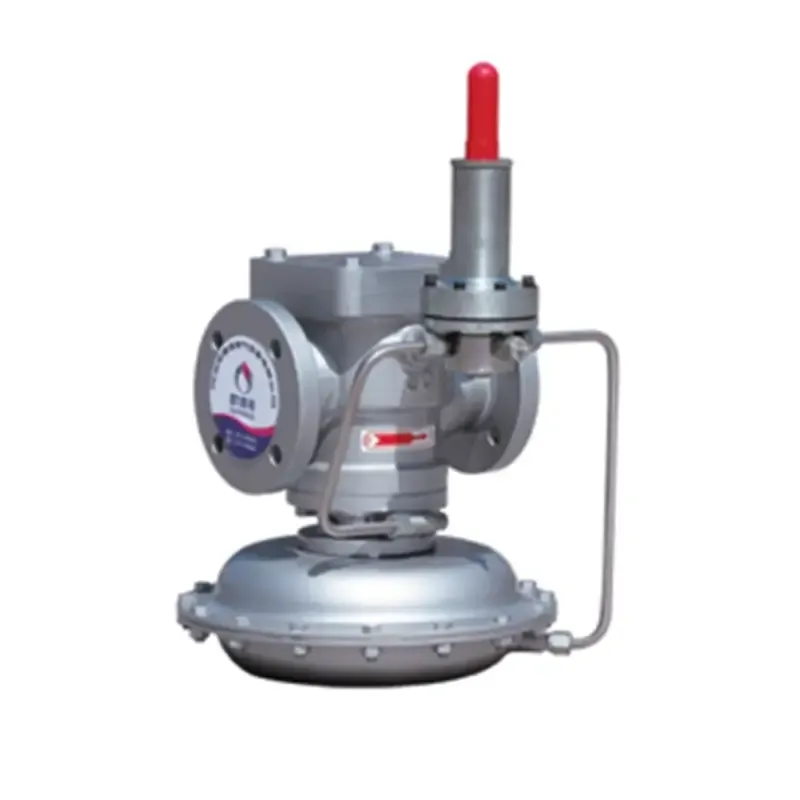
Nov . 26, 2024 23:52
Back to list
Understanding the Functionality of Pressure Control Devices in Industrial Applications
Understanding Pressure Regulating Devices Importance and Applications
Pressure regulating devices play a crucial role in a wide array of industrial and consumer applications by ensuring that pressure levels remain consistent and within safe limits. These devices are vital for processes where fluctuating pressure could lead to equipment damage, safety hazards, or ineffective operation. From gas and water supply systems to automotive and aerospace industries, the functionality and reliability of pressure regulators are indispensable.
What are Pressure Regulating Devices?
Pressure regulating devices, often referred to as pressure regulators or pressure control valves, are mechanical or electronic systems designed to automatically maintain a preset pressure within a given system. They operate by adjusting the flow of fluid or gas based on the pressure levels detected within the system. When the pressure rises above a certain threshold, the device reduces flow to lower the pressure; conversely, if the pressure drops, the device allows more flow to raise it back to the desired level.
How Do They Work?
Most pressure regulators function based on a simple yet effective mechanism. They typically consist of a spring-loaded diaphragm that responds to changes in pressure. The set point, which is the predetermined pressure level, can be adjusted to meet specific requirements. When the downstream pressure exceeds this set point, the diaphragm pushes against a spring, which in turn throttles the flow of the inlet pressure, thus reducing the output pressure.
There are various types of pressure regulating devices, including
1. Single-stage Regulators These are commonly used for low-pressure applications and offer a simple design that adjusts pressure in one stage. 2. Multi-stage Regulators More complex systems that provide greater control for high-pressure applications by dividing the pressure reduction into multiple stages, enhancing stability.
3. Electronic Pressure Regulators Equipped with sensors and control systems to allow for precise pressure management and remote monitoring.
Applications of Pressure Regulating Devices
Pressure regulating devices are utilized across numerous sectors that require regulated flow and pressure. Here are a few notable applications
pressure regulating device

- Gas Distribution In natural gas supply systems, pressure regulators help maintain safe and consistent delivery pressures for residential and industrial use, preventing possible gas leaks and ensuring efficient energy supply
.- Hydraulic Systems In hydraulic machinery, pressure regulators protect components from high pressures that could cause failures, thereby extending the life of the equipment.
- Water Systems In municipal water supply, pressure regulators are critical for maintaining adequate water pressure in distribution networks, preventing pipe bursts and ensuring reliable access.
- Automotive Applications In vehicles, pressure regulators manage fuel pressure within the engine, optimizing fuel injection and ensuring efficient combustion and performance.
- Aerospace In aircraft systems, precision pressure control is essential for maintaining cabin pressure and optimizing performance under varying altitudes and conditions.
Importance of Pressure Regulation
Effective pressure regulation is essential for safety, efficiency, and reliability in various applications. Uncontrolled pressure can lead to catastrophic failures, excessive wear on equipment, and potential safety hazards for users. By keeping pressure within specified limits, these devices enhance the operational efficiency of systems, reduce maintenance costs, and ensure compliance with industry standards.
Moreover, advancements in technologies, including the integration of smart sensors and automation, have enabled more sophisticated pressure regulating devices that can react to real-time data, improving their responsiveness and accuracy.
Conclusion
In conclusion, pressure regulating devices are integral components in the modern industrial landscape, contributing to the safety and efficiency of numerous systems. Understanding their functionality and significance is crucial for engineers, operators, and technicians in maintaining optimal performance and safety standards across various applications. As technology continues to evolve, we can expect further enhancements in pressure regulation systems that will address the growing demands of various industries.
Latest news
-
Safety Valve Spring-Loaded Design Overpressure ProtectionNewsJul.25,2025
-
Precision Voltage Regulator AC5 Accuracy Grade PerformanceNewsJul.25,2025
-
Natural Gas Pressure Regulating Skid Industrial Pipeline ApplicationsNewsJul.25,2025
-
Natural Gas Filter Stainless Steel Mesh Element DesignNewsJul.25,2025
-
Gas Pressure Regulator Valve Direct-Acting Spring-Loaded DesignNewsJul.25,2025
-
Decompression Equipment Multi-Stage Heat Exchange System DesignNewsJul.25,2025

